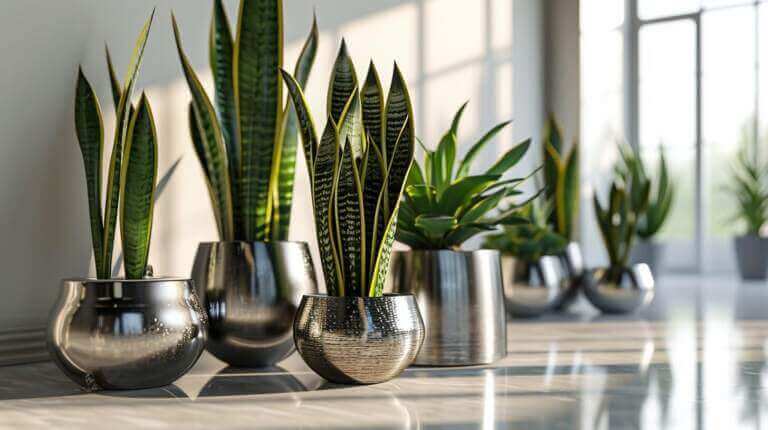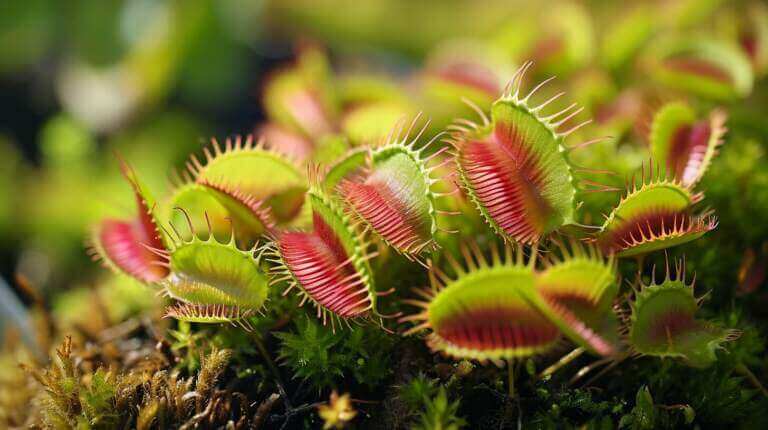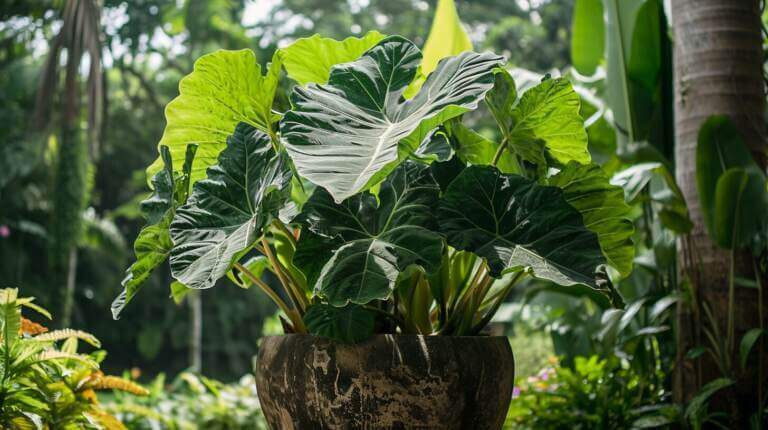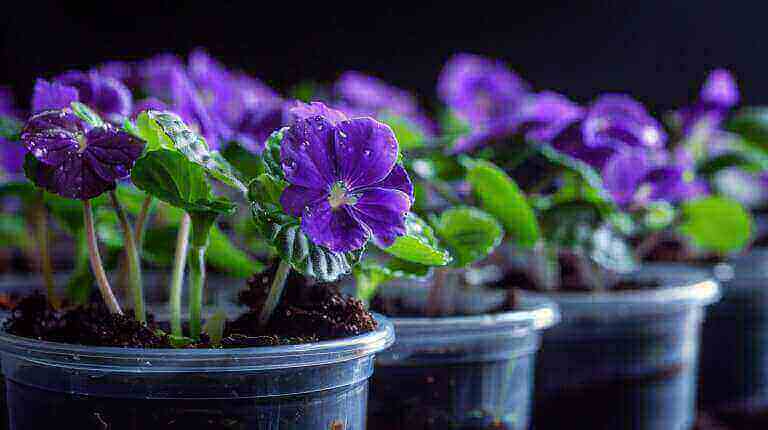Growing Cast Iron Plants(Aspidistra Elatior) as Nearly Indestructible Indoor Houseplants
Looking to add low-maintenance, nearly indestructible houseplants to your indoor collection? Look no further than cast iron plants, scientifically known as Aspidistra elatior. These foliage plants are not only easy to grow but also incredibly hardy, making them perfect for plant lovers of all experience levels.
Native to China and Japan, cast iron plants feature glossy green leaves that can reach up to 24 inches in length. They are known for their ability to thrive in low light conditions, making them a great choice for indoor spaces with limited natural light. Whether you’re a beginner gardener or someone with a busy lifestyle, these plants require minimal care and attention.
Cast iron plants are incredibly versatile and can be used as border plants, ground covers, or even as air purifiers in homes and offices. They can tolerate short periods of drought, high temperatures, and low humidity, making them adaptable to various indoor environments. With their attractive green foliage and virtually indestructible nature, cast iron plants are the perfect addition to any plant enthusiast’s collection.
Key Takeaways:
- Cast iron plants, scientifically known as Aspidistra elatior, are low-maintenance and nearly indestructible houseplants.
- They thrive in low light conditions, making them suitable for indoor spaces with limited natural light.
- Cast iron plants are versatile and can be used as border plants, ground covers, or air purifiers.
- They can tolerate drought, high temperatures, and low humidity, making them adaptable to various indoor environments.
- With their attractive green foliage and minimal care requirements, cast iron plants are a great choice for any plant lover.
The Ideal Growing Conditions for Cast Iron Plants
Cast iron plants are known for their ability to thrive in low light conditions, making them perfect for indoor spaces with dim corners or north-facing windows. When grown outdoors, these plants prefer shaded areas with indirect or dappled light. It’s important to avoid exposing them to direct sunlight, as it can cause leaf burn and discoloration.
These hardy plants are adaptable to various soil types, as long as the soil is well-draining. When growing cast iron plants indoors, it’s recommended to use containers with drainage holes and good-quality potting soil. This will ensure proper moisture levels and prevent the roots from sitting in water, which can lead to root rot.
Regular watering is necessary for the healthy growth of cast iron plants, but it’s important to allow the top few inches of soil to dry out before watering again. This helps prevent overwatering and allows the roots to breathe. While these plants can tolerate some drought, they prefer slightly moist soil.
In terms of temperature and humidity, cast iron plants thrive in moderate conditions. They prefer temperatures between 60-85°F (15-29°C) and moderate humidity levels. It’s best to avoid extreme temperature fluctuations and provide consistent conditions for optimal growth.
| Light Conditions | Soil Requirements | Watering | Temperature and Humidity | Fertilization | Pests and Diseases |
|---|---|---|---|---|---|
| Low light, indirect or dappled light | Well-draining soil | Allow top few inches of soil to dry out before watering | 60-85°F (15-29°C), moderate humidity | Regular feeding with a liquid houseplant or all-purpose fertilizer | Occasional infestation by scale, spider mites, or mealy bugs; treat with water, horticultural oil, or insecticidal soap |
Propagation and Care Tips for Cast Iron Plants
Propagating cast iron plants is a simple and rewarding process. The most common method is division, which involves separating the rhizomes and replanting them. To do this, carefully remove the plant from its container and gently separate the rhizomes. Each divided section should have a few healthy leaves attached. Plant the rhizomes in new containers or in the garden, ensuring they have well-draining soil and proper watering.
Repotting is only necessary every few years when the plant outgrows its current container. When it’s time to repot, choose a slightly larger pot with good drainage. This will give the roots room to grow and prevent them from becoming overcrowded. Additionally, consider pruning the plant during repotting by removing any yellow or dry leaves to promote healthy growth.
Choosing the right variety of cast iron plant can add visual interest to your collection. Varieties such as ‘Variegata,’ ‘Asahi,’ ‘Hoshi-zora,’ ‘Lennon’s Song,’ ‘Goldfeather,’ and ‘Snow Cap’ offer unique characteristics and appearances. Whether you prefer variegated leaves or different shades of green, there’s a variety that will suit your taste.
Maintaining cast iron plants is relatively easy. They thrive in low light conditions and prefer slightly moist soil. Remember to allow the top few inches of soil to dry out before watering again to prevent root rot. Wiping the leaves with a damp cloth regularly will help keep them clean and dust-free. With their slow growth rate and long lifespan, cast iron plants are ideal for plant lovers looking for a low-maintenance addition to their indoor or outdoor space.
FAQ
What is the scientific name of cast iron plants?
The scientific name of cast iron plants is Aspidistra elatior.
Where are cast iron plants native to?
Cast iron plants are native to China and Japan.
What are the ideal light conditions for cast iron plants?
Cast iron plants thrive in low light conditions, making them suitable for dim corners or north-facing windows. When grown outdoors, they prefer shaded spots with indirect or dappled light.
How often should I water cast iron plants?
Regular watering is necessary, but it’s important to allow the top few inches of soil to dry out before watering again to prevent root rot. Cast iron plants prefer slightly moist soil and can tolerate some drought.
Do cast iron plants require fertilization?
Yes, during the spring and summer, cast iron plants benefit from regular feeding with a liquid houseplant fertilizer or an all-purpose fertilizer for outdoor plants.
What pests and diseases commonly affect cast iron plants?
While cast iron plants are generally pest and disease-resistant, they may occasionally be affected by scale, spider mites, or mealy bugs. These can be treated with water, horticultural oil, or insecticidal soap.
How are cast iron plants propagated?
Cast iron plants can be easily propagated by division. This involves separating the rhizomes, or underground stems, and replanting them in containers or in the garden.
When should I repot my cast iron plant?
Repotting is only necessary every few years when the plant has outgrown its current container. When repotting, choose a slightly larger pot with good drainage.
How do I maintain cast iron plants?
To maintain cast iron plants, provide a suitable growing environment, including low light conditions, well-draining soil, and proper watering. Regularly wiping the leaves with a damp cloth helps keep them clean and dust-free.







